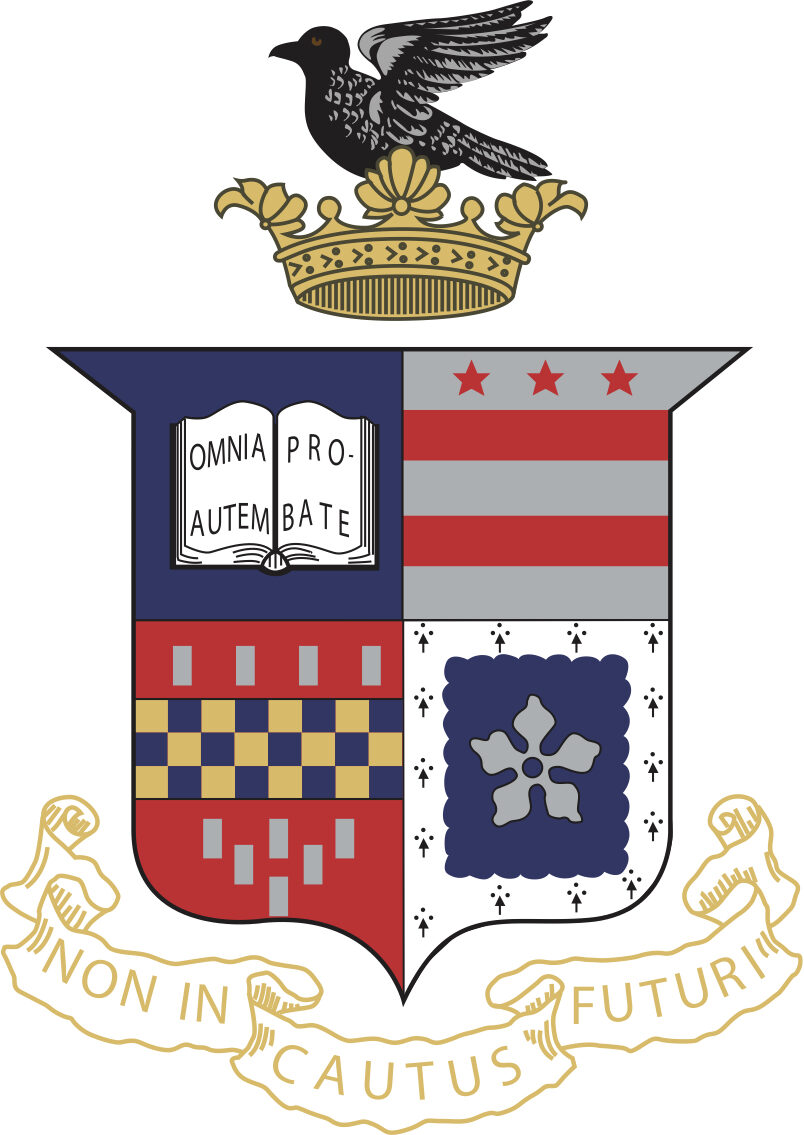Since the 1950’s, scientists have built novel technologies to screen for genetic diseases and other biological irregularities. Recently, researchers have developed a method called “liquid biopsy” (as opposed to a standard tissue biopsy) that uses a liquid sample (e.g., blood) to non‑invasively spot biomarkers indicating different types of cancers in the patient’s body. While the U.S. Food and Drug Administration (FDA) has fully cleared a small number of liquid biopsy tests under its rigorous and expensive review process, most biotech companies have instead followed a less restrictive regulatory path through the Centers for Medicare and Medicaid Services (CMS), which label the devices as “laboratory-developed tests” (LDTs).
Despite Congress’ initial passage of LDT designation in the 1980’s, LDT regulation remains akin to the “Wild West,” with ongoing questions about which agency is actually in charge of LDTs. While FDA initially claimed regulatory control over LDTs, it has (until recently) left discretion to CMS. Therefore, some unscrupulous companies have tried to abuse the gray regulatory area by marketing potentially misleading scientific claims about their LDTs, comparing them to FDA‑approved tests. Competitors with fully‑approved tests are furious and have sued under federal Lanham Act claims. Because of Congress’ repeated failures to pass a law addressing these claims and modernize the regulatory path for all in-vitro diagnostic tests, the FDA has proposed its own rules amending its regulatory authority to reign in most diagnostic tests.
This Note therefore suggests a multi-faceted approach to address the issue of regulating LDTs and their potentially misleading claims by (1) revising failed Congressional bills to allow regulatory and industry compromise, (2) applying certain circuit court decisions on Lanham Act claims to questionable facts in a company’s advertisements, and (3) narrowly expand the FDA’s regulatory power to all liquid biopsy tests before gradually expanding to all LDTs. Although LDTs may benefit the healthcare sector by offering novel tools to identify rare diseases, the federal government must develop an approach that both protects private parties and the general public and balances the need for research and development of life‑saving diagnostic tests.
